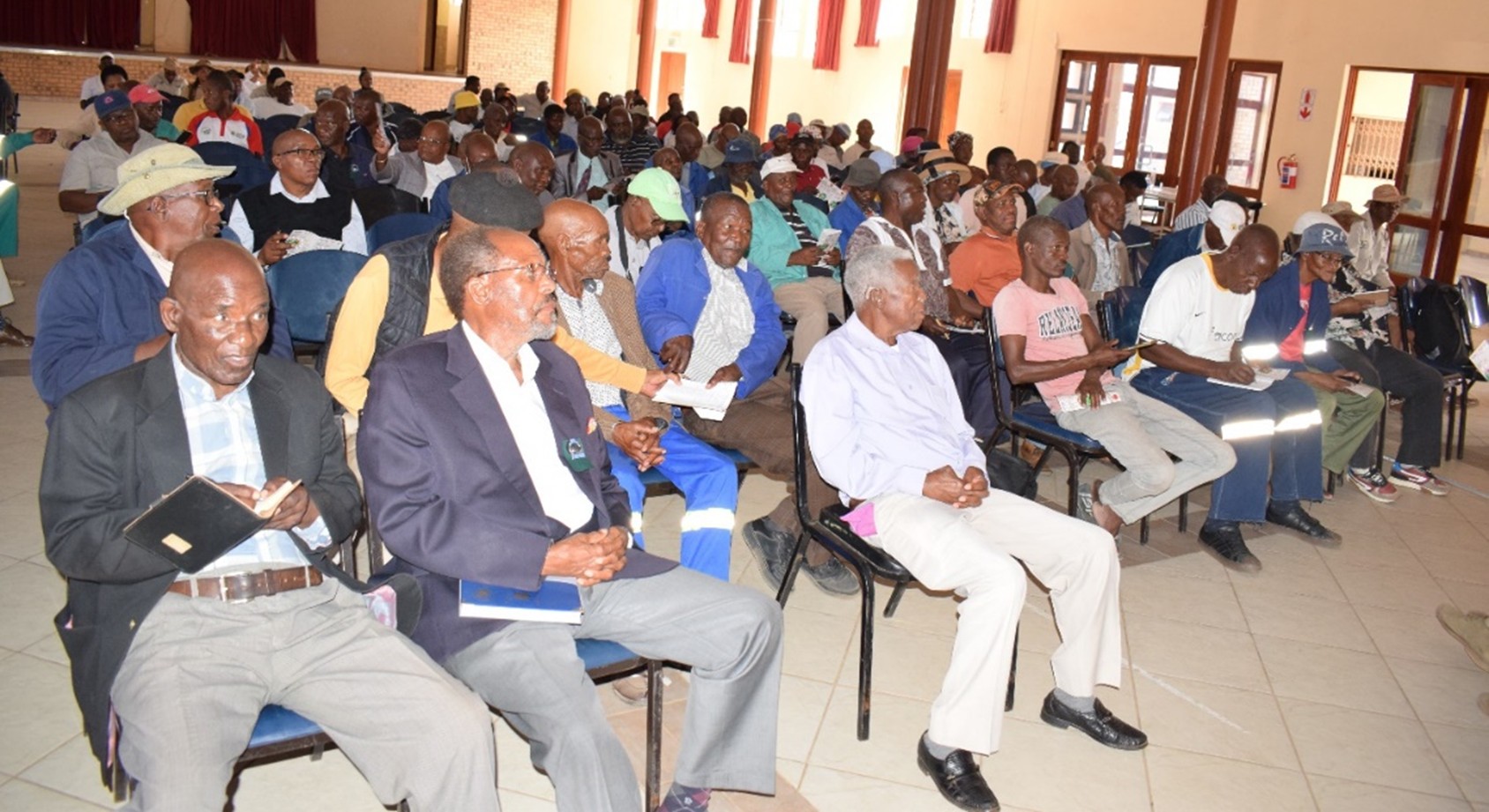By Matsobane Manaka and Nape Masemola

Representatives from various entities include Department of Agriculture and Limpopo Department of Agriculture and Rural Development in collaboration with University of Pretoria, Red Meat Producers’ Organisation, South African Police Service, National Prosecuting Authority, and Farmers Unions were part of the stakeholders who seek to strengthen their collaboration to deal head-on with the thorny issue of stock theft.
Livestock farmers appeal to strengthen preventative measures to curb severe loss of livestock which already amount to billions of rands due to stock theft. The shocking statistics pointed out that about 49 006 in total number of livestock were reported stolen in 2023/24. Thirteen-thousand-four-hundred and twenty-seven (13 427) cattle, small stock including sheep and goat amounted to 22 845 and 13 094, respectively.
The staggering figures due to stock theft was announced during the livestock theft awareness session that took place at Moses Mabotha Hall, Ga-Nkwana in Sekhukhune East Agroecological Zone. Department of Agriculture and Limpopo Department of Agriculture and Rural Development in collaboration with University of Pretoria, Red Meat Producers’ Organisation, South African Police Service, National Prosecuting Authority, and Farmers Union such as Arican Farmers Association of South Africa (AFASA) were part of the stakeholders to strengthen their collaboration to deal head-on with the thorny issue of stock theft.
Stock theft is the stealing of livestock including cattle, sheep, goat, horses, and pigs. It is defined by the stock theft Act 57 of 1959. Branding or marking an animal without the owner’s consent is also considered stock theft, thus according to Red Meat Industry Services (RMIS).
The hosting of stock theft awareness sought to engage with broader livestock farmers with the aim to come up with preventative measures and mechanisms to combat skyrocketing stock theft.
During his presentation on the impact of stock theft on red meat industry, Douw Pelser Chairman of Provincial Stock Theft Prevention Forum had indicated the number of prevention strategies of stock theft that can be used to mitigate the impact but emphasised the important of brand mark as the first line of defence.
He made mention of the following:
- Farm-level prevention – maintaining strong perimeter fencing, locked gates, and controlled access points; Stock register – keep updated herd/flock records (numbers, identification marks, births, deaths, sales); Animal identification – according to the law, all livestock production animals such as cattle, sheep and goats must be branded or tattooed.
- Community-based measures – neighbourhood watch groups where farmers cooperate to patrol and monitor livestock; Shared information platforms such as WhatsApp groups or radio networks for reporting suspicious activity.
- Security technology – CCTV and drones where surveillance is planted on hotspot areas; GPS tracking on high-value animals (stud bulls, rams) and alarm systems where motion sensors are placed near kraals and loading points.
- Legal and compliance measures – ensure all livestock transport complies with Stock Theft Act requirements; Auction and sales monitoring – buy and sell only through registered auctions and dealers; Partnership with SAPS Stock Theft Units – report thefts promptly and maintain close relations with officers.
Other topics covered the stock theft mitigation strategies, animal identification regulation, and the role and importance of SAPS’ Stock Theft Unit.

Livestock farmers urged to collaborate with nearest SAPS to minimise stock theft.


